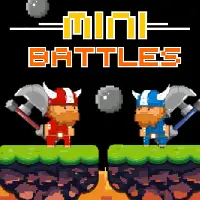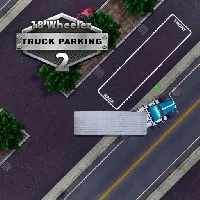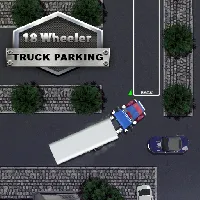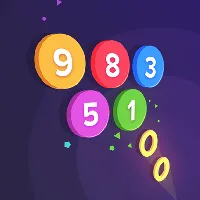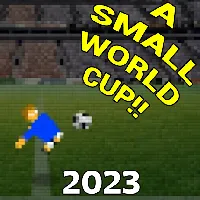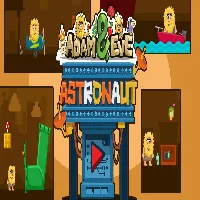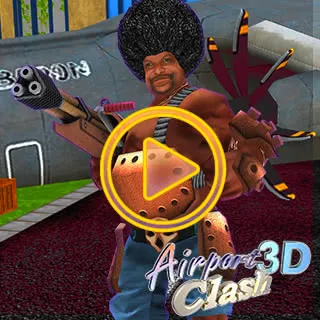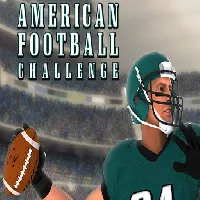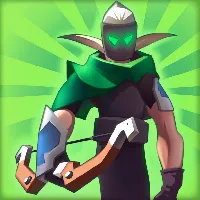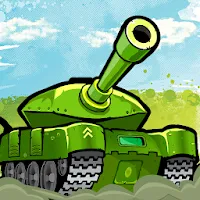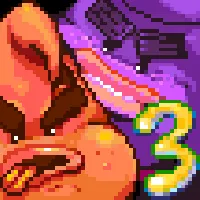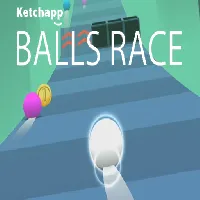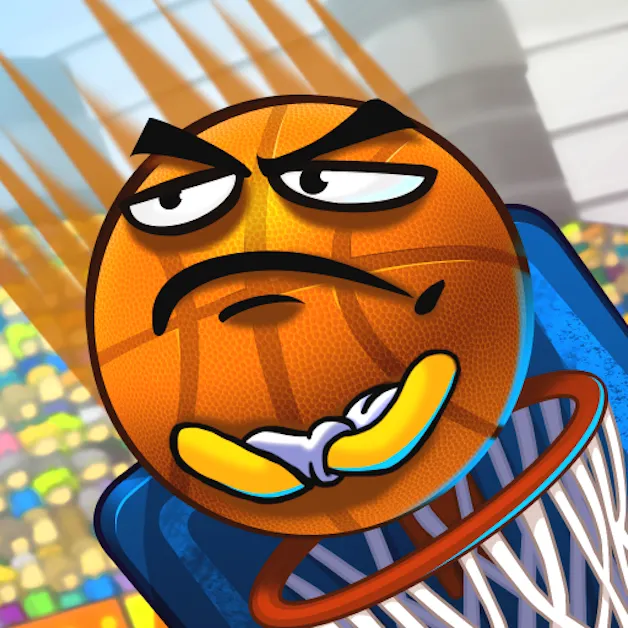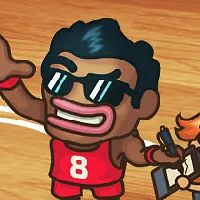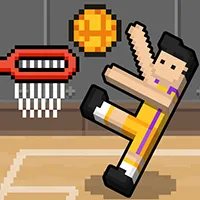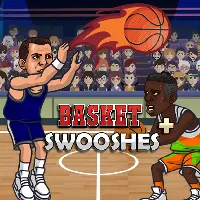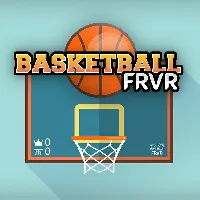SHORT LIFE
SIMILAR GAMES
Description
Short Life - GamePluto
About Short Life - GamePluto
Welcome to an in-depth exploration of Short Life, a unique and often darkly humorous physics-based platformer that has captivated a dedicated player base. Developed and presented through platforms like GamePluto, this game offers a distinct gameplay experience that challenges players to navigate treacherous environments where survival is anything but guaranteed. Its core mechanic revolves around a protagonist whose existence is inherently fragile, making every step and decision a critical one. We delve into the intricacies of what makes Short Life a memorable title, from its simple yet engaging premise to the surprisingly strategic depth that emerges from its core gameplay loop.
The Core Gameplay Mechanics of Short Life
At its heart, Short Life is a testament to the power of straightforward yet impactful game design. Players are tasked with guiding a character through a series of increasingly perilous levels. The defining characteristic of this character is their extreme vulnerability. Unlike many platforming heroes who can withstand a fair amount of punishment, the protagonist in Short Life can meet an untimely end in a multitude of ways with the slightest misstep. This fragility isn't a bug; it's the central mechanic that defines the entire experience. Each level is a carefully constructed puzzle where timing, precision, and a keen understanding of the game's physics engine are paramount. The objective is typically to reach the end of the level, often by activating a specific mechanism or reaching a designated exit point. However, the journey to that point is fraught with danger. Spikes, crushing obstacles, hazardous materials, and even simple falls from moderate heights can lead to immediate and often comically abrupt demise. This constant threat of failure fosters a unique brand of gameplay that is both frustrating and incredibly rewarding when a level is finally conquered. The physics engine plays a crucial role, dictating how the character moves, interacts with objects, and, perhaps most importantly, how they react to sudden impacts. This often leads to ragdoll physics that are as entertaining as they are a clear indicator of failure. Mastering the nuanced movement and understanding the limits of the character's resilience is key to progressing. It requires players to adapt their strategies on the fly, learning from each failed attempt and applying that knowledge to the next. The simplicity of the controls, usually involving basic directional movement and a jump, belies the complex challenges that are presented. This accessibility ensures that players can quickly jump into the action, but the learning curve, driven by the unforgiving nature of the game, provides a significant and engaging challenge for those who persevere.
Understanding the Physics Engine
The physics engine in Short Life is more than just a background element; it is a co-star in the player's journey. It dictates the weight and momentum of the protagonist, how they land after a jump, and how they react to collisions with the environment. Understanding these physics is crucial for success. For instance, a poorly timed jump might result in the character landing awkwardly, triggering a fall that leads to instant defeat. Similarly, misjudging the trajectory of a thrown object or the swing of a pendulum can have fatal consequences. The game often presents scenarios where players must utilize the physics to their advantage, perhaps by using momentum to clear a gap or by manipulating objects in the environment to create a safe path. The ragdoll effects that accompany the character's inevitable demise are a direct manifestation of this physics engine, adding a layer of dark humor to the otherwise tense gameplay. Players learn to anticipate these reactions, not to cause them, but to understand how a particular action might lead to a fatal outcome. This deep integration of physics ensures that each playthrough feels organic and responsive, even though the outcomes can be brutally consistent. It’s this granular control over movement and interaction that elevates Short Life beyond a simple click-and-play experience, demanding a level of thoughtful execution from the player.
Level Design and Environmental Hazards
Short Life distinguishes itself through its clever and often fiendishly designed levels. Each stage is a meticulously crafted gauntlet of obstacles and traps, designed to test the player's reflexes, problem-solving skills, and sheer persistence. The environments are varied, ranging from industrial-themed areas with moving platforms and conveyor belts to more abstract and surreal settings filled with bizarre mechanisms. The hazards are equally diverse and imaginative. Players will encounter:
- Spike Traps: An ever-present danger, spikes lurk in floors, walls, and ceilings, demanding precise jumps and careful navigation.
- Crushing Mechanisms: Walls that close in, pistons that slam down, and heavy objects that fall from above are common obstacles that require split-second timing to avoid.
- Environmental Puzzles: Many levels incorporate levers, buttons, and movable objects that players must interact with to clear a path or disable hazards.
- Fall Damage: Even seemingly minor drops can be fatal, reinforcing the character's inherent fragility.
- Moving Platforms and Obstacles: Timed jumps onto or across moving elements add an extra layer of complexity to already challenging sections.
- Projectile Hazards: From falling debris to strategically placed weaponry, some levels introduce elements that require dodging and evasion.
Strategic Approaches to Overcoming Obstacles
Successfully navigating the perilous landscapes of Short Life requires more than just quick reflexes; it necessitates a strategic mindset. Players must learn to analyze each situation, identifying the most efficient and safest route to the exit. This often involves experimentation and a willingness to embrace failure as a learning tool. We've observed that certain strategic approaches consistently prove effective:
- Observation and Planning: Before making a single move, take a moment to observe the level. Identify all visible hazards, note the behavior of moving platforms, and plan a potential sequence of actions.
- Controlled Movement: Avoid frantic button mashing. Instead, focus on precise, deliberate movements. Small, controlled jumps and careful positioning can make the difference between survival and demise.
- Learning from Failure: Every death is an opportunity to learn. Analyze what went wrong and adjust your strategy for the next attempt. Was it a timing issue? A miscalculation of distance? Understanding the cause of failure is the first step to overcoming it.
- Momentum Management: Understand how momentum affects your character. Use it to your advantage for longer jumps or to carry you over obstacles, but also be aware of how it can lead to unintended consequences if not controlled.
- Patience and Persistence: Some levels require a significant amount of trial and error. Patience is key. Don't get discouraged by repeated failures; instead, see each attempt as progress towards the solution.
- Environmental Interaction: Look for opportunities to use the environment to your advantage. Can you trigger a hazard to clear a path? Can you use a falling object to create a temporary platform?
The Dark Humor and Unique Appeal of Short Life
Beyond its challenging gameplay, Short Life possesses a distinct charm rooted in its dark humor. The game doesn't shy away from the often-gruesome fates that befall its protagonist. These moments of comical demise are a signature element, providing levity amidst the tension. This blend of peril and punchline creates a memorable player experience. The simple yet effective visual style, often characterized by a minimalist aesthetic, allows the gameplay mechanics and the humor to take center stage. The character animations, particularly in their moments of defeat, are exaggerated and amusing, contributing to the overall tone. This unique appeal is what draws many players to Short Life, offering an experience that is both engaging and delightfully absurd. It’s a game that doesn't take itself too seriously, yet demands serious concentration to succeed. This dichotomy is a significant part of its unique appeal and enduring popularity. The accessibility of the platform, often through web-based portals like GamePluto, further contributes to its widespread availability and appeal, allowing a broad audience to experience its peculiar brand of fun. The recurring theme of a fleeting existence, juxtaposed with the often-elaborate and comical ways in which that existence is extinguished, is a clever narrative device that underpins the entire game, making each successful completion feel like a small victory against the absurdity of it all.
Why Short Life Continues to Engage Players
The continued engagement with Short Life stems from a combination of factors that resonate deeply with players seeking a challenging and entertaining experience. Firstly, the high difficulty curve is a significant draw for those who relish overcoming formidable obstacles. The game provides a genuine sense of accomplishment when a particularly tough level is finally conquered, a feeling that is often absent in more forgiving titles. Secondly, the inherent replayability is substantial. Even after completing a level, players may find themselves returning to perfect their runs, experiment with different approaches, or simply to relive the thrill of survival. The physics-based nature of the game also ensures that no two playthroughs are exactly identical, with minor variations in execution leading to subtly different outcomes. Thirdly, the accessibility of the game, often through online platforms, makes it easy for new players to discover and enjoy its unique mechanics. This low barrier to entry, combined with the depth of challenge, creates a perfect storm for sustained player interest. Furthermore, the social aspect of sharing difficult levels, funny deaths, or successful strategies can foster a sense of community around the game. Players often find themselves comparing their progress and commiserating over shared frustrations, further deepening their connection to the title. The developers’ continued support and the potential for new content or variations also contribute to keeping the game fresh and engaging for its dedicated fanbase. Ultimately, Short Life succeeds by offering a focused, well-executed, and memorably challenging experience that continues to captivate players seeking a test of their skills and a good dose of dark humor.
Play Short Life for free on GamePluto. Enjoy thousands of the best games with no ads, easy access from anywhere, and fun gameplay using your keyboard or just clicking. Have a blast! 🎮
Common Controls:
Keyboard Controls:
- Arrow Keys: Movement (Up, Down, Left, Right)
- W, A, S, D: Alternative movement keys
- Spacebar: Jump or action key
- Enter: Confirm or interact
- Shift: Run or sprint
- Ctrl: Crouch or special action
- E, Q, F: Interact, pick up items, or perform specific game actions
- 1-9: Select weapons or items
- Tab: Open inventory or menu
- Esc: Pause game or open game settings
Mouse Controls:
- Left Click: Primary action (e.g., shoot, select)
- Right Click: Secondary action (e.g., aim, alternate functions)
- Mouse Movement: Aiming or camera control
- Scroll Wheel: Zoom in/out or cycle through items/weapons
Gamepad/Controller (if supported):
- Analog Sticks: Movement and aiming
- A/B/X/Y or Cross/Circle/Square/Triangle: Action buttons for various functions
- D-Pad: Menu navigation or movement
- Triggers (L1/R1, L2/R2): Shooting, aiming, or special actions
- Start/Select: Open menu or pause game
Touch Controls (for mobile-friendly games):
- Tap: Select or interact
- Swipe: Move or aim
- Pinch/Spread: Zoom in or out
- Long Press: Secondary action
